War in the city: the inevitable scenario of the future
Conflict zones in human settlements present unique challenges for the military, both tactically and technologically.
It is estimated that up to 90% of the world's population will live in densely populated urban agglomerations by 2050, and therefore the armed forces are paying particular attention to hostilities in limited and densely populated built-up areas.
The warlords responsible for conducting operations in the city face many difficulties that range from the positive identification of enemy forces to the organization and maintenance of appropriate levels of communication capabilities in operations in underground structures and high-rise buildings.
In addition, they must be able to rely on precision weapons to eliminate any risk of friendly fire and shelling of the local population, in particular if the enemy uses the local population as a human shield.
Densely populated area
Many of these issues were addressed in a research report published last December by the Joint Special Operations University (JSOU). It describes the "operational and political consequences of hostilities in densely populated urban areas."
In this document, the JSOU warns of increasing migration flows to urban and peri-urban areas in 2020-2050, resulting in "the density of the urban population will grow steadily."
The paper notes that the possible consequences of this, whether in the context of traditional large-scale, counterinsurgency or counter-terrorism operations, humanitarian aid or disaster relief, are very difficult to predict.
On the one hand, large-scale attacks on the central part of cities with traditional weapons or weapons mass destruction can lead to outgoing migration flows that clog the main transport arteries and impede military mobilization and retaliation. On the other hand, urbanization over time transforms the political structure of society, which can lead to rebel or terrorist operations against friendly governments.
In other cases, the armed forces may be involved to provide humanitarian assistance to the subjects of the city level in connection with the failure of local authorities caused by a natural disaster. In each of these cases, the armed forces will need concepts for action and analysis of social reality in densely populated areas.
The JSOU document goes beyond defining the issue to look at how next-generation technologies could support military forces seeking to increase combat effectiveness in urban environments through more active use of social media and simulation tools, as well as the use of small drones.
Future operations
Many of these issues are already being addressed by the DARPA Advanced Defense Research Directorate, which continues to implement the PROTEUS (Prototype Resilient Operations Testbed for Expeditionary Urban Scenarios) program aimed at identifying and adapting modern commercial technologies for the armed forces operating in such conditions.
According to the Office, due to the fact that state and non-state actors continue to use their own new technologies, expeditionary forces are faced with "a decrease in advantages in future potential military conflicts, which are likely to be waged in coastal (coastal) cities."
- says the DARPA document, which also lists specific areas of interest.
These include the development of software to support the real-time organization of operational groups, weapons and equipment, as well as tactics, methods and methods of warfare suitable for the armed forces operating in densely populated localities in the years 2030-2040.
Another area is the development of virtual test conditions with the goal of “testing and demonstrating these capabilities” through the detailed reproduction of urban combat space.
These tests will demonstrate that the ability to dynamically shape the structure, capabilities and tactics of a small unit allows you to dramatically obtain excellent performance in combat conditions, expressed by parameters such as fire efficiency, combat stability and economic feasibility.
In case of successful results, the software tools and concepts developed in the PROTEUS program will allow to evaluate and apply new approaches to combined arms operations, including coordination of the damaging effects in various environments.
In December 2019, the DARPA Office issued Cole Engineering Services a $ 2,3 million contract to support PROTEUS. The official announcement of the contract described how the company will perform R&D while achieving the objectives of the first phase of the program.
The claimed work includes the organization of a repository of parametric data of models, the nature of their change, tactics, methods and methods that will be demonstrated in a series of exercises of the US Marine Corps.
The U.S. Army's Information and Intelligence Directorate (I2WD) also considers combined operations in a variety of settings, including urban warfare, with particular attention to the development of “universal” sensor packages for collecting information that can be integrated into inhabited and uninhabited platforms.
According to a general statement by I2WD, the Army Intelligence and Information Communications Communications Management Center is developing a number of new technologies with the goal of increasing the efficiency of tasks performed by dismounted small units involved in urban operations.
According to the statement, the work includes "the development and testing of experimental devices and subsystems and potential interfaces in existing and / or future configurations in a simulated operational environment."
As a result, the army is considering a number of sensory systems in order to improve and shorten the cycles of target determination by end users using the “sensor-sensor” and “sensor-shooter” circuits. In many respects, these efforts are focused on the size, mass, energy consumption and communication organization.
Lessons learned
The need for new principles of combat use, tactical techniques and methods, and the material part to support future urban operations has been clearly identified in the conflicts of recent years, especially in the Middle East and Southeast Asia.
In 2017, Iraqi security forces from the Counter-Terrorism Service, supported by the international community, conducted various urban operations during the liberation of the Iraqi city of Mosul.
According to the US Department of Defense, published in 2018, during this campaign, Iraqi special operations forces suffered 40% of “combat losses,” which included tactical vehicles, weapons, other materiel, and wounded and killed.
In these operations, the Iraqi forces and Kurdish formations performed a variety of tasks, the ultimate goal of which was to clean and retain the territory previously occupied by the Islamic State. They had to clean underground tunnel complexes mined with improvised devices, designed for the secretive penetration of small groups with weapons and IEDs.
The Philippine armed forces are also seriously studying the experience of urban battles gained in the battle for the city of Malawi.
Throughout the second half of 2017, the army of the Philippines conducted operations against extremist organizations in this city. One of the senior officers told how the power units, adjusting to the real situation, were forced to "innovatively and on the fly" to retreat from combat manuals and instructions, change the purpose of weapons, as well as tactics and methods of warfare.
An example is the use of 105-mm artillery for direct fire at close range from militants who are seated in buildings. The calculations of the Philippine army used homemade sighting devices made from boxes of noodles and threads, which acted as sighting devices. In addition, in close combat at distances of up to 50 meters, 12,7 mm heavy machine guns were also used.
Filipino army units also pre-installed M111 armored personnel carriers as high as possible, including on the ground floors of buildings with large openings in order to give the commander and crew a better view of the battlefield, since the field of view of personnel and sensors is significantly deteriorated in high-rise buildings .
Debris that appeared after the fighting was used to protect the movement of their forces from snipers, in turn, the militants often used the local population as a human shield.
Preparation for victory
The armed forces of Singapore, who have established close contacts with the Philippine army, are trying to take a lot from this experience.
In June last year, the Singapore army spoke in detail about plans to build a “next-generation smart training center” to meet the future operational needs of small units preparing for military operations in human settlements.
According to the Singapore Army, the concept of the city SAFTI City provides for the modernization of the existing training center for urban combat, built in the 90s, which, according to the command, no longer meets modern requirements and trends.
The existing center (a group of low-rise buildings recreating traditional shops with living quarters but without monitoring equipment) provided operational needs until the beginning of 2000. An army spokesman emphasized that they want to create "the best training ground for combat training in the city to successfully cope with the new threats and challenges that Singapore faces today."
The SAFTI City concept, first introduced in 2017 to the Secretary of Defense, should be phased in starting in 2023. The joint development of the Singapore Army and the Office of Defense Science and Technology will "meet the evolving defense needs of the army and provide training for a wide variety of operations, both peacetime and military."
According to the plans, at the first stage of the program more than 70 buildings will be built including three 12-story apartment buildings, underground structures and training grounds for preparing for the urban war with a total area of more than 107 thousand m2. After completion of the first stage, the training camp will initially be able to provide training at the brigade level.
Among the main features of the future campus is an integrated transport hub, including a bus station, a metro station with several exits to the surface, high-rise buildings connected by crossings, densely populated neighborhoods and a developed road network, as well as a number of public places, including shopping centers, which will recreate "Realistic and complex training conditions."
The city will also have several buildings and road networks being reconstructed, which will make it possible to change the layout every time personnel arrive for training in order to exclude any possibility of successfully predicting the situation and scenario during the period of complex preparation.
The official statement said that “these activities will include national security operations, counter-terrorism and rescue operations. SAFTI City infrastructure will provide realistic and complex, but interesting conditions for training soldiers. ”
The project will also use a lot of smart technologies designed to improve learning ability and increase the effectiveness of programs. An example is clever targets that can maneuver across the battlefield, as well as return fire at trained soldiers. Technologies will also be integrated to create various effects on the battlefield, including smoke and explosion simulators to enhance realism during training scenarios.
Finally, in the town of SAFTI City, technologies for analyzing data from multiple cameras will also be used, which will allow in real time to interrupt the work of the fighters participating in the scenario in case of improper actions or critical situations.
“The training process will be compared and processed by the analytical system in order to provide students with accurate information on their individual actions and actions in the group,” the Singapore Army said in a statement. - With integrated gamification in the training process and detailed individual reports, individual soldiers and groups will be able to compare their actions, which will motivate them to further improve. These technological improvements will enable the army to conduct training more efficiently and rationally. ”
Generation "NEXT"
As the armed forces strive to maximize their effectiveness in order to successfully carry out future urban operations, they seriously rely on new technologies in combination with developing principles of combat employment and tactical methods, methods and methods of warfare.
Examples include the NEO (Hyper-Enabled Operator, loosely translated “Enhanced Military Personnel”) US Special Forces Command, which was officially launched at the SOFIC Florida in May 2019 as the successor to the six-year TALOS (Tactical Assault Light Operator Suit).
The NEO program will use many technologies developed for the TALOS project. which was launched in 2013. Its goal was to increase fire efficiency, combat stability, mobility and communication capabilities of the MTR, conducting raids in the urban environment.
TALOS was stuck in problems because the JATF Joint Task Force supported the design and development of an exoskeleton that would carry various loads and move unhindered across a complex battlefield in populated areas.
The JATF Director explained his desire to provide operators with as much information as possible without the risk of any cognitive overload during complex tasks.
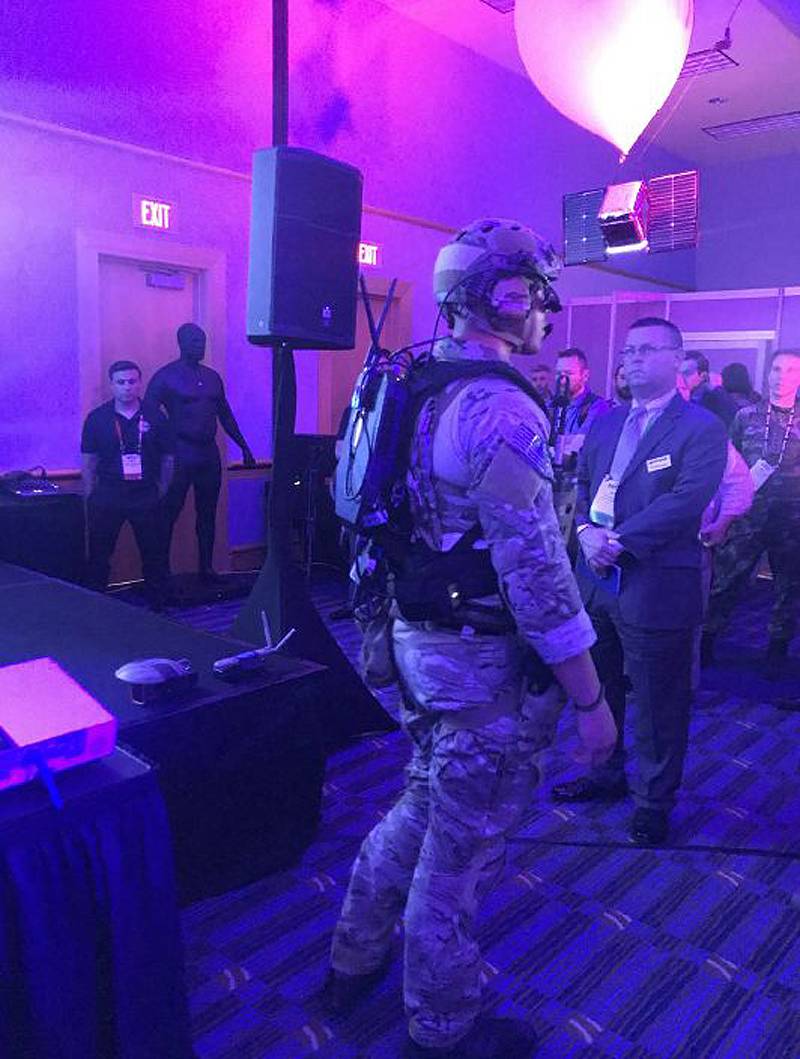
JATF Director says:
The JATF Group continues to explore solutions that enable combat units to operate effectively in urban space, based on four “technical pillars”: mergers and augmented data; increased channel bandwidth in both directions; advanced computerization; and human machine interfaces.
New advanced concepts include: unification of personnel and automated operational control centers into a single network with the addition of machine learning and artificial intelligence algorithms, as well as the use of light off-road vehicles MRZR-4 Light Tactical All-Terrain Vehicle with integrated satellite antennas to create " reliable and highly efficient computer components needed for machine learning and artificial intelligence systems installed on small vehicles. ”
See through
Another interesting area is wall perception technology, which was demonstrated at the Association of the US Army in Washington in October 2019.
This is the Lumineye Lux ultra-wideband (UWB) radar company, which is designed for tasks such as making passages in buildings, detecting false walls and secret rooms, monitoring through shaded windows, and cynological calculation operations.
The end-user device can also work remotely so that assault groups can remain in cover while conducting surveillance and reconnaissance. Lux Radar is currently being considered by the US MTR Command as one of the candidates.
Iceni Labs' SafeScan Tactical handheld device (or wall monitor) is evaluated by MTR units of an unnamed European country, NATO. The final product with a high level of technological readiness should be shown this year, which will give the assault groups an ultra-wideband radar capable of detecting living creatures behind the walls. The company is also exploring the possibility of integrating this stenovizor into the broader combat control solutions available on the market.
Military operations in settlements remain for commanders one of the most difficult in the entire modern combat space. At the current pace of technology development and increasing the likelihood of a collision with equal rivals, their importance will only grow in the future. The command of the armed forces, as well as the defense industry of Western countries, should now think hard about this.
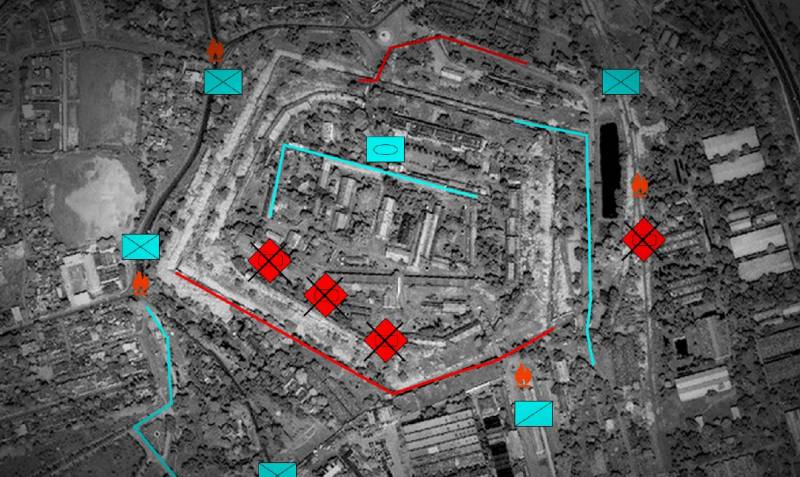
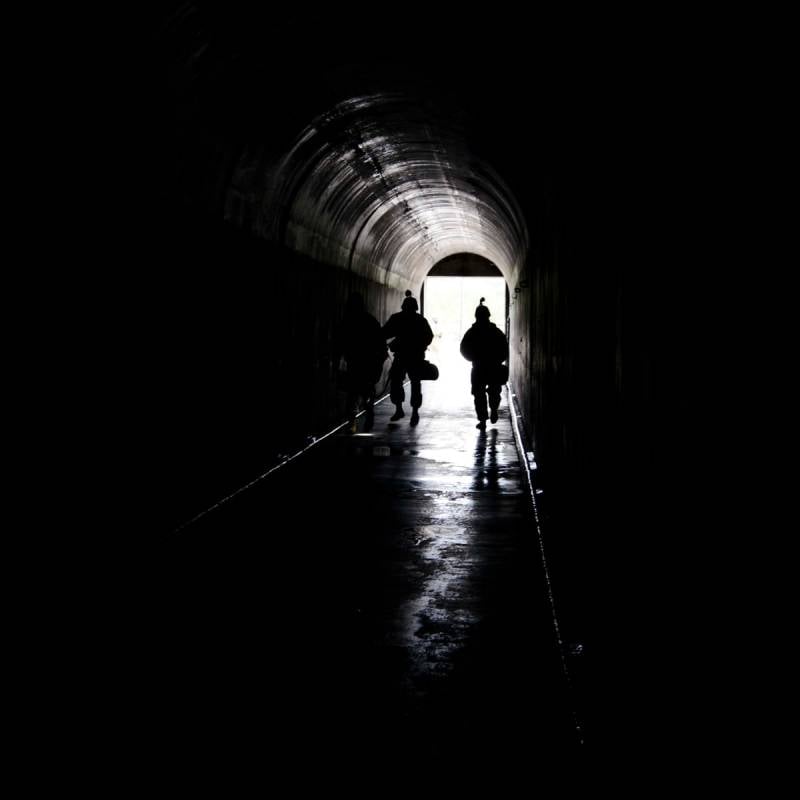
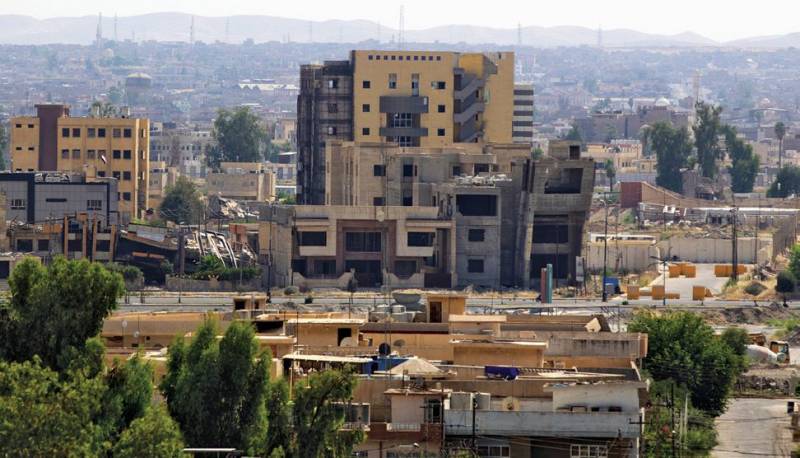
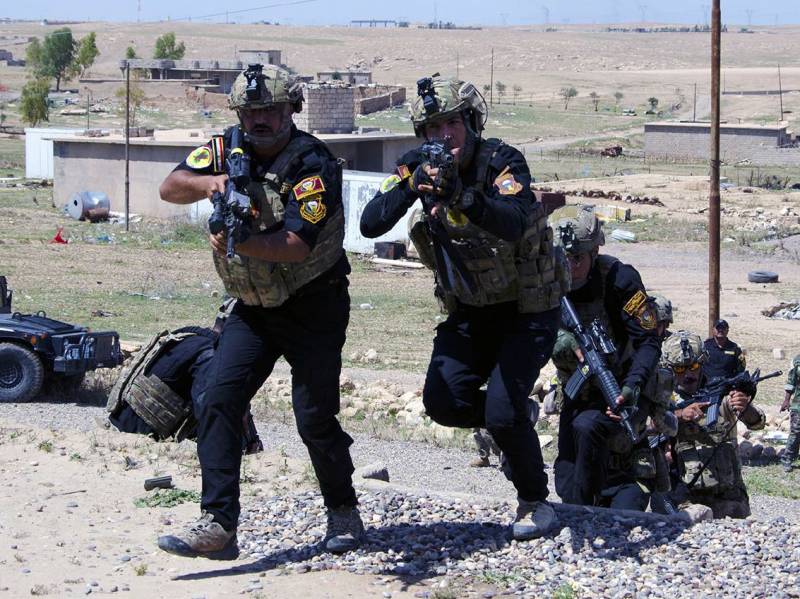
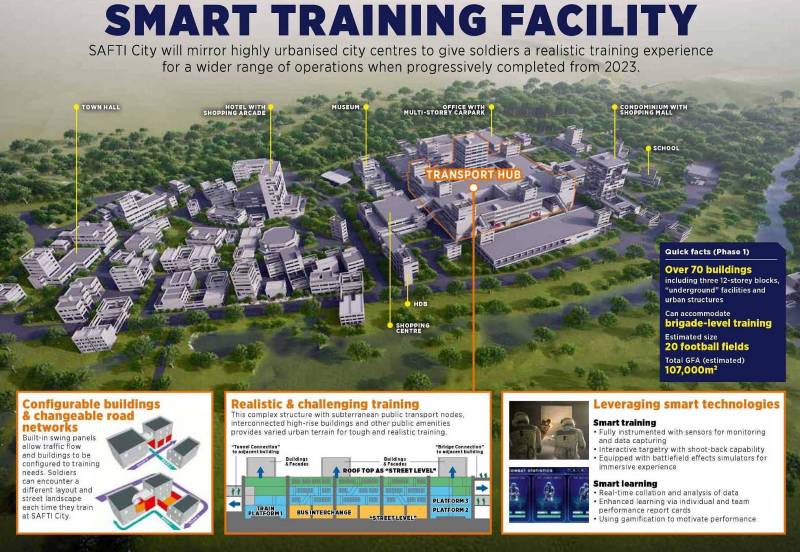
Information